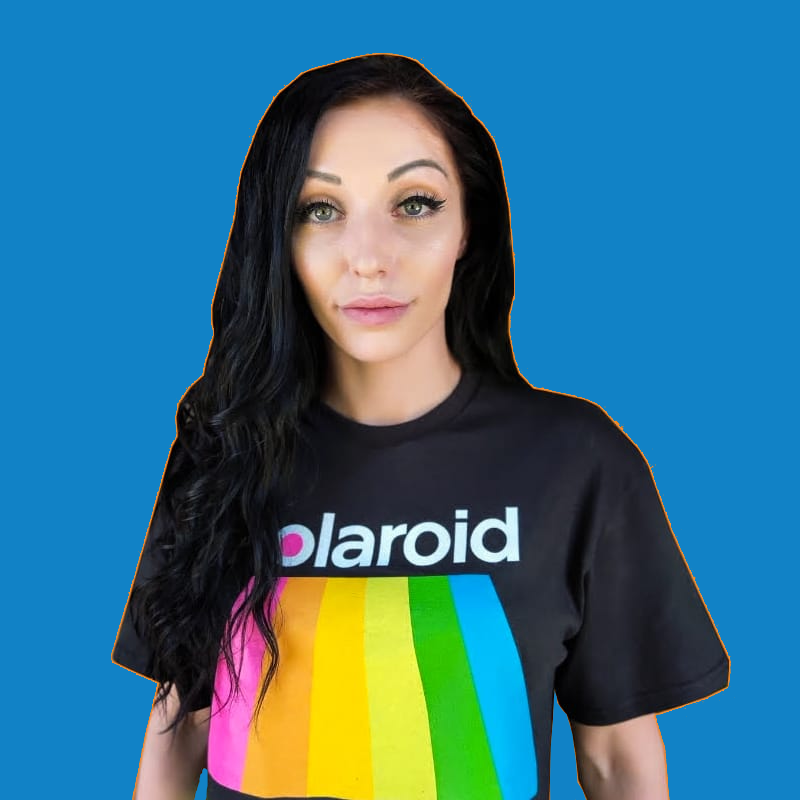
What you should know about Instagram influencer marketing?
What you should know about Instagram influencer marketing?
Within the past decade and a half there have been significant developments in the rise of technology and the accompanying assimilation of social media marketing, which makes it more crucial than ever to keep up with the way the landscape has changed. Undeniably, the slightest lax in this department may cost your business the growth it merits. In the same way that a professional writer reads other writers belonging to their niche or that a professional doctor reads journals concerned with scientific research, an influencer or any professional connected to this field has to keep up with the basics to cater to the ever-changing demands of the market. Consider this: Instagram was only launched in 2010 and according to Sprout Social had 1 billion monthly active users by the last quarter of 2019 and is only poised to grow in the new decade.
It’s been a full decade since then, but Instagram has generated a new chapter of marketing, with Instagram influencer marketing. This “guerrilla-style marketing,” is oriented towards the specific social media craze that occupies the vast body of consumers and is geared towards using the same participants to promote their content amongst netizens. Any brand can now identify, collate and spread specific content towards social media users, and Instagram’s seamless platforming enables this automated feature, proving to be a popular hub for influencer marketing. Another related term that has cropped up in the age of the influencer is ‘affiliate marketing’ which, a marketing strategy which would typically be associated with influencers but falls under the umbrella of direct marketing. An affiliate marketing agency differs from a digital marketing agency in that the former doesn’t cover the holistic and specific potential of the latter. What has perhaps played the biggest role in this differentiation is Instagram, the outreach and sustainable growth of which has been put by Entrepreneur Magazine as making Instagram an ‘awareness channel, a relationship-building channel’. The relation-builders on this channel are known as influencers and the sphere of their business practices is known as Instagram influencer marketing.

1. Instagram in one ‘story’
Influencers are users who have amassed a loyal and dedicated following and are idolized. Brands are most likely to be successful when they act like their consumers. Hence, influencers share stories and posts and occupy a public space which allows their followers to interact with them and to trust their endorsements and judgments.
There is a vast pool of Instagram influencers, and with 80% of their user base from outside the United States, they have a global reach, allowing businesses to find representatives in the form of Instagram influencers, according to their target demographic and product nature. Because of companies recognizing the growth spectrum possible for their brand if tied in with the constantly amassing Instagram community, the ‘paid post’ phenomenon was born.
However, with increased profiles of the Instagram influencers, the stakes have risen for both businesses and the influencers, ushering in the age of ‘partnerships’ or ‘collaborations’. This synergy has ensured that influencer marketing agencies play a key role in facilitating the high-stake interactions that take place between macro-level Instagrammers (over 1 million followers) and the businesses who wish to collaborate with them.
2. What benefits does Instagram influencer marketing hold for your business?
The follower demographic and target audience if matched, and if the following and engagement is genuine, then the content creates for exciting, entertaining and perhaps most importantly, engaging, branding experiences. In the constantly cropping and ambivalent social media stratosphere, storytelling plays a very important role in ensuring long-term scalability. Instagram influencers have the tool to generate their influence on a day-to-day basis with ‘stories’. Meant to integrate messages to your advertising, it captures the attention of existing and potential customers and inculcates positive feelings with a brand. Affecting a reader, creating emotionally resonant images, the externalization of which is the agent of change called the Instagram influencer, this tool differs from traditional advertising streams by reifying brand loyalty. Moreover, regularly active Instagram Influencers ensure that it becomes a matter of sustainable communication. Thus, when a post is shared by an Influencer, it comes across as an endorsement from a friend.
3. How much does it cost?
Depending on the variability and size of your demographic, you might want to partner with a macro-level influencer or several micro-level influencers which will target a small niche base. Working with influencers in the 100,000+ range, a rate of $1,000 per 100,000 followers has largely been reported. Micro-influencers (1,000 to 100,000 followers), reportedly charge around $150 per 100 followers.
HubSpot reports that about one-third of Instagram influencers are micro-influencers with fewer than 100,000 followers. Mega-influencers are less than 1%. Thus, if your business cannot afford the latter, it can leverage micro-influencers to target niche audiences which show a higher engagement rate with micro-influencers than with mega-influencers which are more likely to show a variability of income, tastes, and thus make for a more ambiguous clientele. However, in addition to cash, there are other ways of in-kind payments like product offerings, or campaign visibility, which can curtail some of the costs by serving as an incentive to the influencer to market themselves in turn, if your business has a large following. According to Collectively, “54% of influencers say they would be more likely to post in-kind, or in exchange for free product, if they’re a true fan of the product or brand.”
4. The mechanics of Instagram influencer marketing
There are several tools you may use to pick up the optimal ‘partner’ for your business. By checking the influencer’s engagement rate, you can gauge the relatability of their persona and the loyalty of their audience. An engagement rate of 2-3% would be considered appropriate, 4-6% optimal, while viral posts are any posts showing more than 10% engagement.
Aligning businesses to influencers is the main job of any digital marketing agency. This should be done through a variety of ways, and on several levels, but at its most basic, a business should orient itself towards consumers with influencers that are in tandem with their objectives and goals. For example, an educational consulting business or a tutoring business would want to align itself with influencers already immersed in the market and who share their objectives i.e. teaching. A business may need to obtain metrics from influencers they are shortlisting or use an influencer marketing agency to analyze this data on their behalf. Other ways may be reviewing their past content, chart the trends and activities of their followers. Moreover, the stylistic impressions rendered by their captions and cinematography may be of concern to brands who want a concise, chic aesthetic to fit their needs.
5. The Future: #ad and #spon
According to Sprout Social, photos with faces receive 38% more likes than photos with products only. This strategy is not new: sponsors have exercised their ‘pull’ over their audience to market brands. However, where years ago, brands might sponsor famous, out-of-reach celebrities, they are now sponsoring the next-door gym enthusiast you see at your local gym, or the fashion blogger who started from other social media streams and scaled up from a local boutique perhaps close to your home. Instagram influencers can be anybody and therein is their marketing strategy. The influencer marketing model has ensured that there is a diversity of marketing techniques available to you and a diversity of marketers who are all enmeshed in the seamless design of Instagram. No influencer is the same, their marketing capabilities and their unique relationship their audience maintains their ‘ideal’ value and their relatability ensures reliability. Their popularity is orchestrated by the trend in recent years by companies who have realized they want common faces; faces people feel they know and love. Aided with a more blatant exercise of corporate social responsibility programs, the possibilities for Instagram influencer marketing seem only poised to grow. According to marketing executive, Bryan Eisenberg: “It’s much easier to double your business by doubling your conversation rate than by doubling your traffic.”

Now that we’ve understood the exceptional capabilities of Instagram influencer marketing, we can be sure that your brand can benefit immensely from the services of an affiliate marketing agency that could bridge the gap between you and the right influencers for your brand. Influencer Hub, a social media marketing agency in Florida, does just that for you. It will connect your brand with micro-influencers who can help your brand grow and your product reach the niche that your business wants to target. It is easy to use and takes up a fraction of time to get going, compared to conventional marketing programs. So, get ready to make your brand reach new heights of success by getting started with your Instagram affiliate marketing program on our website.


























